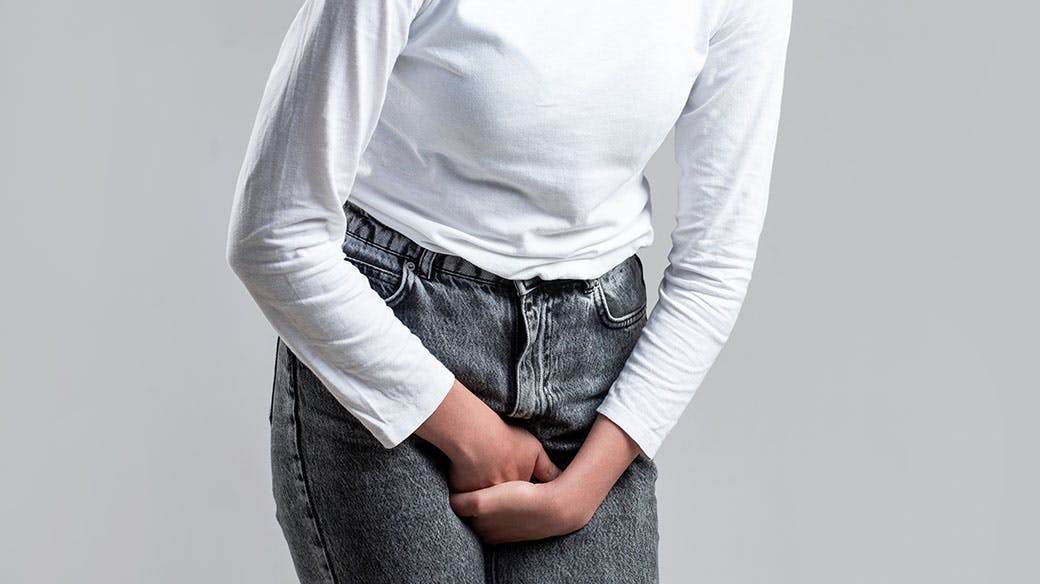The face and skin are keys to making a good impression. They enhance our personality and help determine the image we create at work. So, when acne breaks out, it’s no small affair. If acne has got a hold of you or someone close to you, this article is a must-read. You’re going to find out what causes it, how it works, the different types, the various treatments according to severity, and how to avoid it.
Acne mechanisms
Acne is caused by inflammation of hair follicles and sebaceous glands. It usually occurs in areas with high concentrations of sebaceous glands, including the chest, shoulders, back and face. Acne mechanisms are triggered when the concerned part of the body produces a lot of fat that then mixes with bacteria and dead skin cells. The skin pores become clogged, triggering white blood cells to come out to try and eliminate the bacteria causing inflammation, the severity of which manifests in various ways.
Acne causes
The causes of acne can be divided into two main groups. The first group comprises internal factors, including genetics, heredity, hormonal imbalances caused by various factors, and certain illnesses. The second group comprises external factors such as weather, temperature, sunlight, bacteria, food, drugs, skincare products, cosmetics, and hair care and styling products. Both groups precipitate one of four acne-causing processes:
· Seborrhea where acne formation is caused by excessive production of oil by the sebaceous glands.
· Hyperkeratosis where blockages of the sebaceous glands are caused by abnormal exfoliation of dead skin cells, making the outermost skin layer thicker than normal, in turn interfering with fat excretion from the skin.
· Microbial colonization where acne formation is caused by bacteria that inhabit hair follicles, thereby blocking them and triggering inflammation.
· Inflammation where acne formation causes swelling. When not severe, a red, swollen pimple results. When more severe, spread to nearby tissues is indicated.
Types of acne
There are two main categories of acne as defined by inflammation:
· Non-inflammatory acne such as whiteheads and blackheads, also known as cystic acne, caused by clogged pores.
· Inflammatory acne such as small red pustules, shallow or deep pustules, large pustules with large red nodules, large inflammatory acne, and pimples with cyst-like cavities. This type of acne is caused by blockages of inflammatory acne stemming from untreated clogged acne or bacterial infection around hair follicles.
Symptom severity and treatment
The two criteria for categorizing the severity of acne are number and nature:
- Mild acne, mostly non-inflammatory, with no more than 10 inflamed acnes/pustules. This is considered a non-severe stage that can be treated with topical medications. Examples of drugs and substances used to treat acne include benzoyl peroxide (topical) 2.5%-5.0%, topical retinoids 0.01%-0.10%, clindamycin 1.0% solution, erythromycin 2.0%-4.0% solution, salicylic acid, and azelaic acid.
- Moderate acne, with more than 10 inflammatory acne spots or small pustules and/or no more than five large pustules. Patients should use a topical medication in conjunction with oral antibiotics such as tetracycline, erythromycin, and doxycycline, under the supervision of a physician or pharmacist.
- Severe acne, with: a large number of inflammatory acne spots or pustules; a large number of cystic acne spots or hungry cystic acne spots; recurring, prolonged inflammation of cystic acne spots or acne spots with pus. At this stage, a dermatologist should be consulted to find the cause and receive targeted treatment.
Avoiding acne
The most important thing to do to avoid acne as much as possible is wash one’s face with products suitable for the skin type to ensure utmost cleanliness and maintain moisture balance. Besides proper cleaning, everyday behaviors including eating fruits and vegetables, avoiding spicy foods, exercising, and getting enough rest should be maintained. As always, mental health is also part of the trigger picture, so regularly engage in stress-relieving activities and pursuits.
Krungthai-AXA Life Insurance customers interested in healthcare can discover more at https://www.krungthai-axa.co.th/th/health-advisories.
References
· Faculty of Medicine, Ramathibodi Hospital, Mahidol University
https://www.rama.mahidol.ac.th/rama_hospital/th/services/knowledge/10212020-1159
· Faculty of Medicine, Siriraj Hospital, Mahidol University
https://www.si.mahidol.ac.th/th/healthdetail.asp?aid=781
· Bumrungrad Hospital
https://www.bumrungrad.com/th/health-blog/november-2019/know-about-acne
· Sukhumvit Hospital
https://www.sukumvithospital.com/healthcontent.php?id=194


